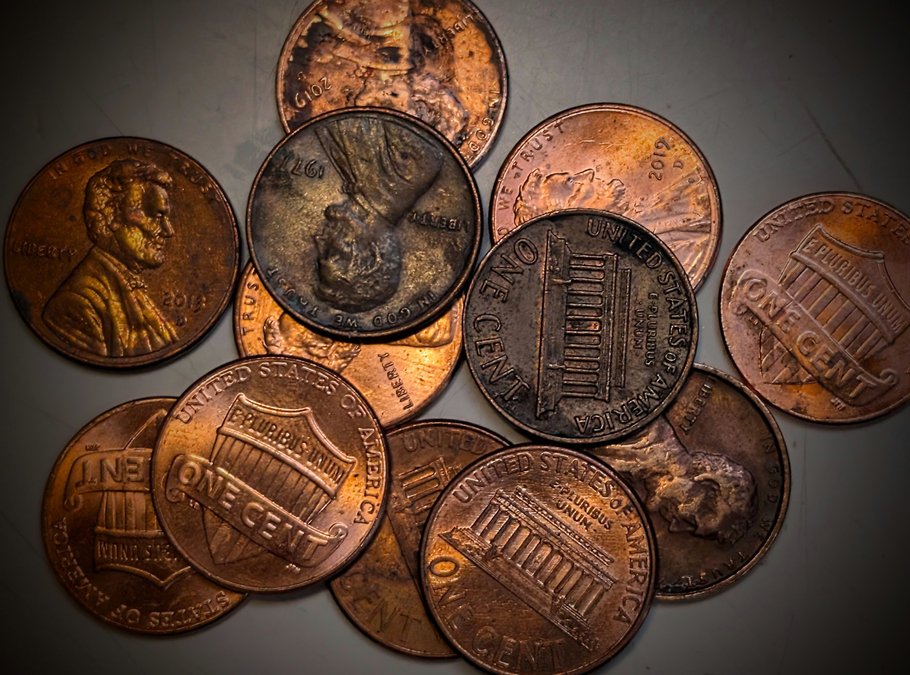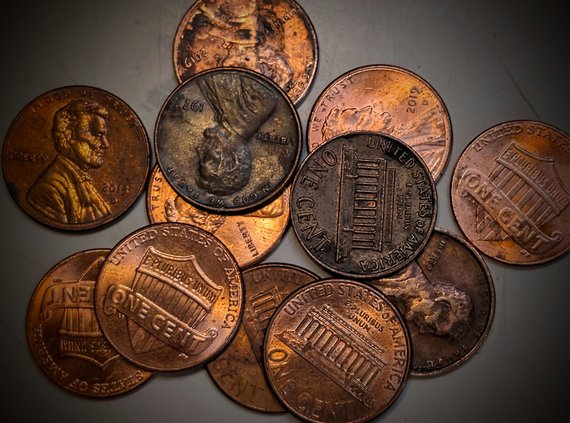A national penny shortage has forced Barton County officials to examine how they will handle cash transactions, with County Treasurer Jim Jordan outlining two potential rounding methods during a County Commission study session Tuesday afternoon.
“This isn’t a really big deal, but you will get calls,” Jordan said.
Jordan presented the commission with information on “conventional rounding” and “bankers rounding” as the county anticipates a complete halt to penny circulation following a U.S. Mint directive in August to stop production.
Conventional rounding, the more common method, would always round a number ending in $.05 up to the nearest dollar amount. And this is the direction Jordan said he plans to go since the Kansas Department of Revenue hasn’t offered any guidance.
By state law, the county can’t reduce a person’s taxes. So if they overpay, the Treasurer’s Office won’t be able to round down, meaning the taxpayer could be overcharged by a few cents and some may complain.
There are other county offices that accept cash payments, and those departments will make the determination on how to handle the rounding issue.
The penny problem
The discussion comes as the U.S. Mint has ceased penny production, which is expected to completely end in early 2026. While billions of pennies exist, reports indicate the shortage is a distribution problem; many coins are hoarded or no longer processed by some financial institutions and Federal Reserve coin terminals.
The circulation issue is impacting retailers and government programs nationwide:
• Retail Impact: Some retailers that accept cash are being forced to round transactions to the nearest nickel, a costly move that could lead to legal implications in states requiring exact change.
• SNAP Programs: Programs like the Supplemental Nutrition Assistance Program (SNAP) face challenges because their rules prohibit rounding for food purchases.
• Manufacturing Costs: The penny cost about 3.7 cents to manufacture and distribute in 2024, according to the U.S. Mint’s annual report. The government is expected to save $56 million by not minting the coin.
Pennies are mostly made of zinc, with their appearance coming from a copper overlay. Zinc’s cost per metric ton is more than double what it was in 2000, according to data from the Federal Reserve Bank of St. Louis.
In 2024, the last full year of production, the U.S. Mint issued 3.2 billion pennies, and there are about 250 billion still in circulation. Retailers and banks have advocated for the elimination of the penny for decades due to the coin’s weight and its primary use as change, but the abrupt announcement by the Trump administration in February caught financial institutions off guard.





